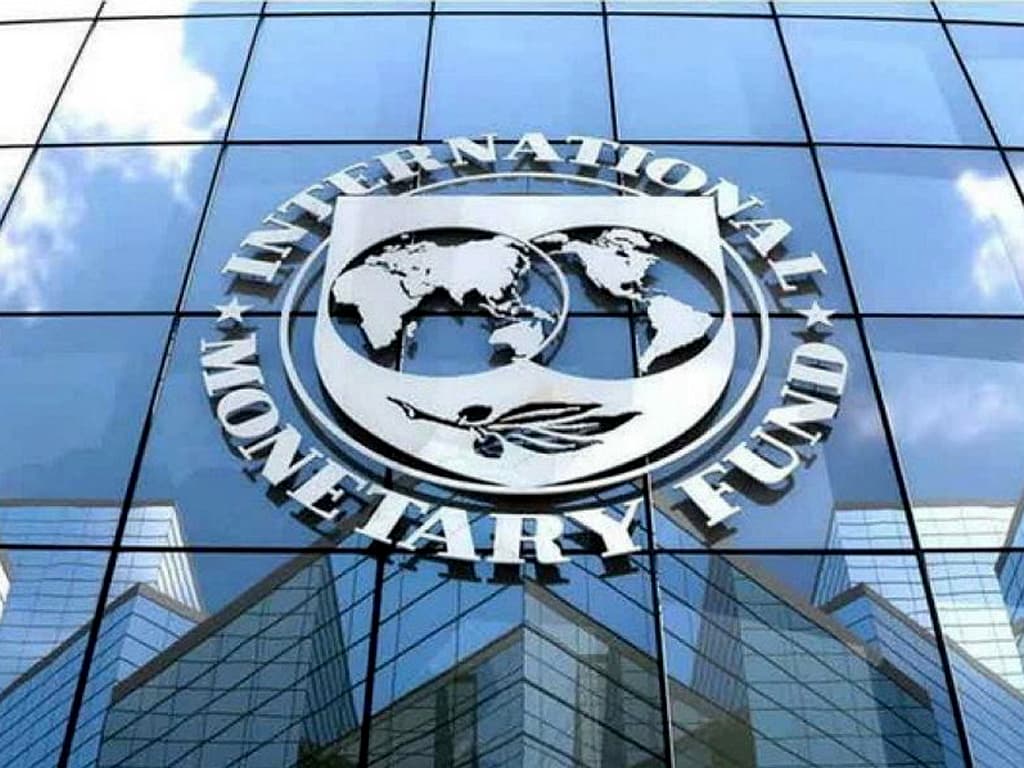By Chika Amanze-Nwachuku in Washington D.C.
Beneath the relatively calm outlook for growth through 2025, “the picture is far from monolithic,” the Fund said, warning of “important sectoral and regional shifts” taking place over the past six months.
It is then expected to ease somewhat to 2.2% in 2025 – up 0.3 percentage points from July – as fiscal policy is “gradually tightened and a cooling labor market slows consumption,” the IMF said.
“The U.S. economy has been doing very well,” Gourinchas said, pointing to strong productivity growth and the positive effects of a surge in immigration on economic growth.
Gourinchas added that the United States is “very close” to achieving a soft landing — a rare feat in monetary policy, where inflation falls to within targets without spurring a severe recession.
The WEO said in Europe, growth is still trending higher but remains low by historical standards, and is on track to be at an anemic 0.8% this year, rising slightly to 1.2% in 2025.
It noted that while France and Spain saw upgrades in their outlook for 2024, it cut its forecasts for German growth by 0.2 percentage points this year, and by half a percentage point next year, citing its “persistent weakness in manufacturing.”
For the United Kingdom, growth is projected to accelerate in both 2024 and 2025, “as falling inflation and interest rates stimulate domestic demand.”
The Fund said growth in Japan is expected to slow sharply to just 0.3% this year, before accelerating to 1.1% next year, “boosted by private consumption as real wage growth strengthens,” according to the IMF.
It expects the growth in economic output in China to continue to cool, easing from 5.2% last year to 4.8% this year, and then falling further to 4.5% in 2025.
“Despite persisting weakness in the real estate sector and low consumer confidence, growth is projected to have slowed only marginally,” the IMF said, pointing to “better-than-expected” net exports from the world’s second-largest economy.
The slowdown in India looks set to be more pronounced, with the IMF penciling in growth of 7.0% this year, down from 8.2% in 2023.
It is then set to slow even further to 6.5%, as the “pent-up demand accumulated during the pandemic” runs out, the IMF said.
The IMF expects growth in the Middle East and Central Asia to pick up slightly to 2.4% this year, before jumping to 3.9% in 2025 as the temporary effect of oil and shipping disruptions fade.
In Sub-Saharan Africa, the IMF predicts that growth will remain unchanged at 3.6% this year, rising to 4.2% in 2025 as weather shocks abate and supply constraints ease.

